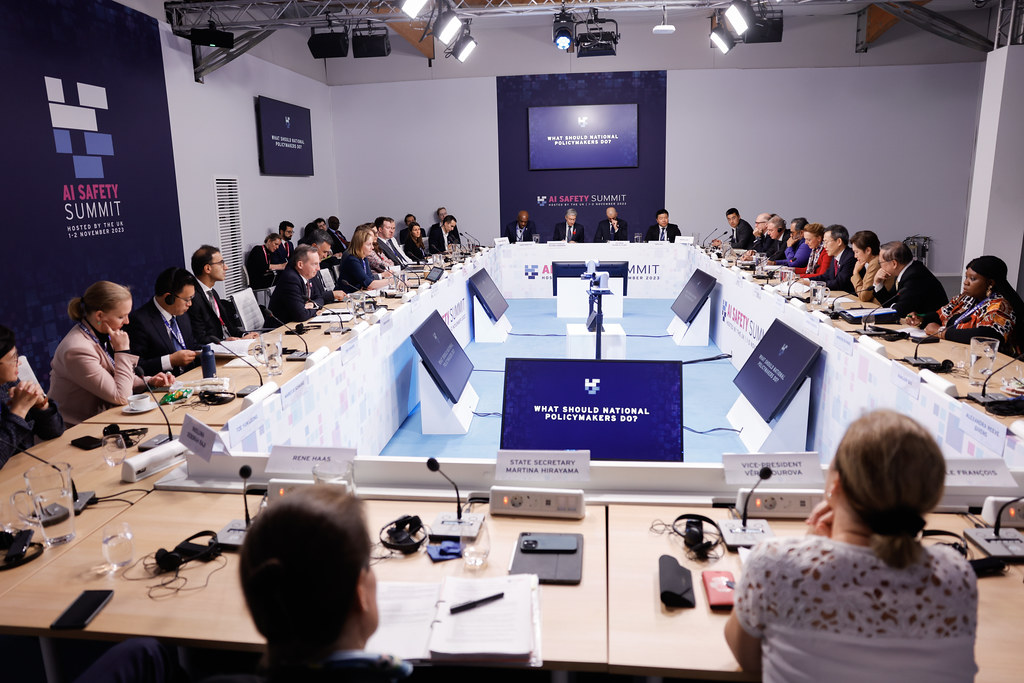When Fake News Comes to Academia
The term “fake news” has lost much of its meaning, but it describes a real and dangerous internet trend. Because it’s hard for many people to differentiate a real news site from a fraudulent one, they can be hoodwinked by fictitious news stories pretending to be real. The result is that otherwise reasonable people believe lies.
The trends fostering fake news are more general, though, and we need to start thinking about how it could affect different areas of our lives. In particular, I worry about how it will affect academia. In addition to fake news, I worry about fake research.
Published by The Lawfare Institute
in Cooperation With

The term “fake news” has lost much of its meaning, but it describes a real and dangerous internet trend. Because it’s hard for many people to differentiate a real news site from a fraudulent one, they can be hoodwinked by fictitious news stories pretending to be real. The result is that otherwise reasonable people believe lies.
The trends fostering fake news are more general, though, and we need to start thinking about how it could affect different areas of our lives. In particular, I worry about how it will affect academia. In addition to fake news, I worry about fake research.
An example of this seems to have happened recently in the cryptography field. SIMON is a block cipher designed by the National Security Agency (NSA) and made public in 2013. It’s a general design optimized for hardware implementation, with a variety of block sizes and key lengths. Academic cryptanalysts have been trying to break the cipher since then, with some pretty good results, although the NSA’s specified parameters are still immune to attack. Last week, a paper appeared on the International Association for Cryptologic Research (IACR) ePrint archive purporting to demonstrate a much more effective break of SIMON, one that would affect actual implementations. The paper was sufficiently weird, the authors sufficiently unknown and the details of the attack sufficiently absent, that the editors took it down a few days later. No harm done in the end.
In recent years, there has been a push to speed up the process of disseminating research results. Instead of the laborious process of academic publication, researchers have turned to faster online publishing processes, preprint servers and simply posting research results. The IACR ePrint archive is one of those alternatives. This has all sorts of benefits, but one of the casualties is the process of peer review. As flawed as that process is, it does help ensure the accuracy of results. (Of course, bad papers can still make it through the process. We’re still dealing with the aftermath of a flawed, and now retracted, Lancet paper linking vaccines with autism.)
Like the news business, academic publishing is subject to abuse. We can only speculate the motivations of the three people who are listed as authors on the SIMON paper, but you can easily imagine better-executed and more nefarious scenarios. In a world of competitive research, one group might publish a fake result to throw other researchers off the trail. It might be a company trying to gain an advantage over a potential competitor, or even a country trying to gain an advantage over another country.
Reverting to a slower and more accurate system isn’t the answer; the world is just moving too fast for that. We need to recognize that fictitious research results can now easily be injected into our academic publication system, and tune our skepticism meters accordingly.





